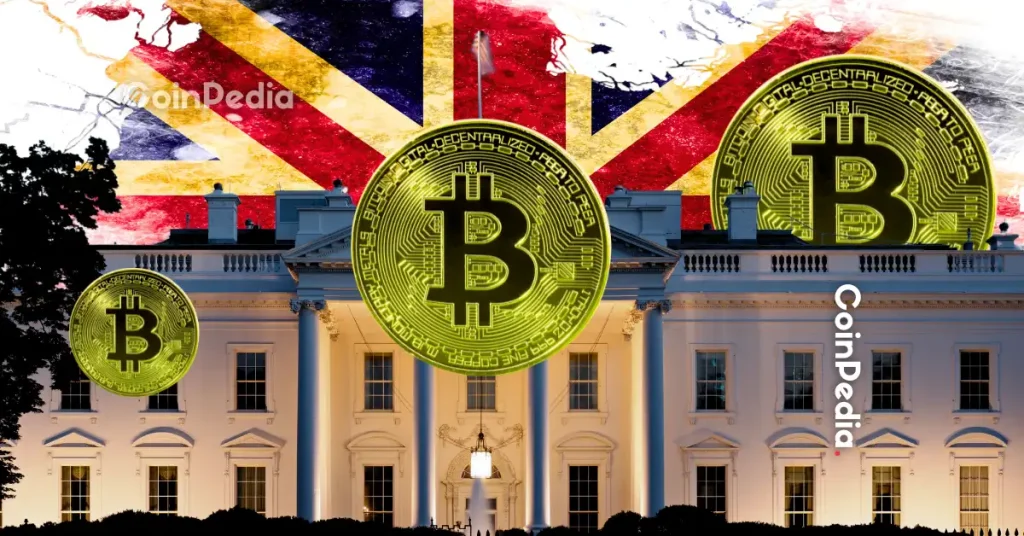
Stablecoin regulation has become a particularly controversial topic for crypto assets. Reports from U.S. regulators and the Biden administration have warned that stablecoins could threaten financial stability. But many are skeptical of these claims.
There have been proposals to regulate the transparency, issuance and licensing of stablecoins, but so far no legislation has been passed.
That said, the discussion so far may have gotten off the point. It seems that the issuance of money by private banks, whether paper or electronic, is already legal in the United States.
Currencies issued by private banks
For most of American history, private bank currencies were widely used. Prior to the establishment of the Federal Reserve System in 1913, currency was issued primarily in exchange for gold. Bank-issued currency continued to circulate after the gold standard was abolished in 1933, but by 1970 the amount in circulation had dwindled to about $20 million.
Private bank-issued currencies are still commonly used in several countries. For example, in Hong Kong, Scotland and Northern Ireland, currencies issued by private banks can be converted into legal tender. Private bank-issued currencies are legal in dozens of countries around the world.
Stablecoins are a modern version of currency. Stablecoins are crypto assets whose value is linked to other assets such as the US dollar. The total market capitalization of the 4th largest US dollar-linked stablecoins is currently about $135 billion (about 18 trillion yen), but the US monetary base is about $5.4 trillion (about 700 trillion yen). small compared to
Most stablecoins are redeemable on demand. Tether (USDT), the top stablecoin by market capitalization, can be exchanged for US dollars. Some stablecoins, such as DAI, require 100% or more collateral to ensure that the value of the stablecoin is preserved even if the collateral value declines.
legal authority
In 2001, U.S. Treasury Department economist Kurt Schuler concluded that issuing currency by private banks was technically legal in the United States.
A tax on state-sanctioned currency, which effectively prohibited private banks from issuing currency, was abolished in 1976. A law preventing the issuance of currency by national banks (a type of American bank) was also repealed in 1994, but a semi-annual tax (1% per annum on the value of the currency in circulation) is imposed.
If Mr. Schuller is correct, there are currently no laws or regulations restricting the issuance of money by private banks. A white paper from The Clearing House, a private payments infrastructure, also supports this view, noting that stablecoin-related efforts are “clearly within the legal mandate of existing banks.” there is
It further argues that “no legislative change is needed to allow banks to issue digitized deposits” in the form of stablecoins. In 2012, I calculated that American banks could make billions of dollars by issuing their own currency.
From a regulatory perspective, stablecoins will be treated like currencies and other non-interest bearing debt. Stablecoins will only apply to trading accounts and will not be subject to the reserve requirement, which was reduced to zero in 2020. Prior to 1994, currency issued by national banks required full collateral, a requirement that no longer applies.
Bank-issued stablecoins will also not be covered by the Federal Deposit Insurance Corporation (FDIC) insurance, which only applies to certain accounts such as checking and savings accounts.
State banks are likely to enjoy greater regulatory flexibility in issuing stablecoins. States such as New York have stifled the crypto industry with restrictive regulatory regimes, while other states, such as Wyoming, may offer a regulatory environment that welcomes crypto and accepts stablecoins.
Another question is whether anti-money laundering (AML) laws, such as Know Your Customer (KYC) requirements, apply to bank-issued stablecoins.
Some might say that owning a stablecoin is like having a bank deposit, but a more accurate comparison would be a check issued only by the drawer, if you have an account in the bank. A good personal check or bank check.
A signed check can be given to another person. AML and KYC apply only to the person who draws and possibly cashes the check, not to those who intermediate the transaction of the check. This standard should apply to stablecoins as well.
The Clearinghouse whitepaper also points to other areas that need to be complied with, such as the Securities and Exchange Commission (SEC) Staff Accounting Bulletin 121, but something like prohibiting the issuance of stablecoins. is not given.
limited rights
In the short term, regulators have limited powers to extend regulatory oversight over bank liabilities. Some regulatory changes, such as expanding reserve requirements, are possible immediately. However, changing regulations to treat stablecoins differently may require creating new rules through a formal public comment process. This usually takes years.
Previously, there have been proposals to clarify the legal requirements for issuing stablecoins. Senator Bill Hagerty’s Stablecoin Transparency Act, Senator Pat Toomey’s Stablecoin TRUST Act, Cynthia • Senators Cynthia Lummis and Kirsten Gillibrand’s Responsible Financial Innovation Act. Both sought to require that stablecoins issued by financial institutions be fully collateralized and redeemable for US dollars.
While it may be a good idea to require stablecoins to be backed by liquid assets, the proposed bill would encourage stablecoin issuance rather than creating an unnecessary or redundant issuance regime. should acknowledge the current legal situation of
Under current law, new legislation does not appear to be necessary for banks to issue stablecoins. Issuing stablecoins by banks is not prohibited by law.
If Congress, or regulators, want to ban US banks from issuing stablecoins, they will need to pass new laws or regulations to do so. Congress can clarify the current legal ambiguity and ensure that safe and transparent stablecoin issuance is still permitted.
Mr. Thomas Hogan: Senior Fellow, American Institute for Economic Research. He also served as Chief Economist on the US Senate Committee on Banking, Housing and Cities.
|Translation and editing: Akiko Yamaguchi, Takayuki Masuda
|Image: Shutterstock
|Original: Can Banks Issue Stablecoins?
The post Can Banks Issue Stablecoins?[Column]| coindesk JAPAN | Coindesk Japan appeared first on Our Bitcoin News.

 2 years ago
116
2 years ago
116














 English (US) ·
English (US) ·